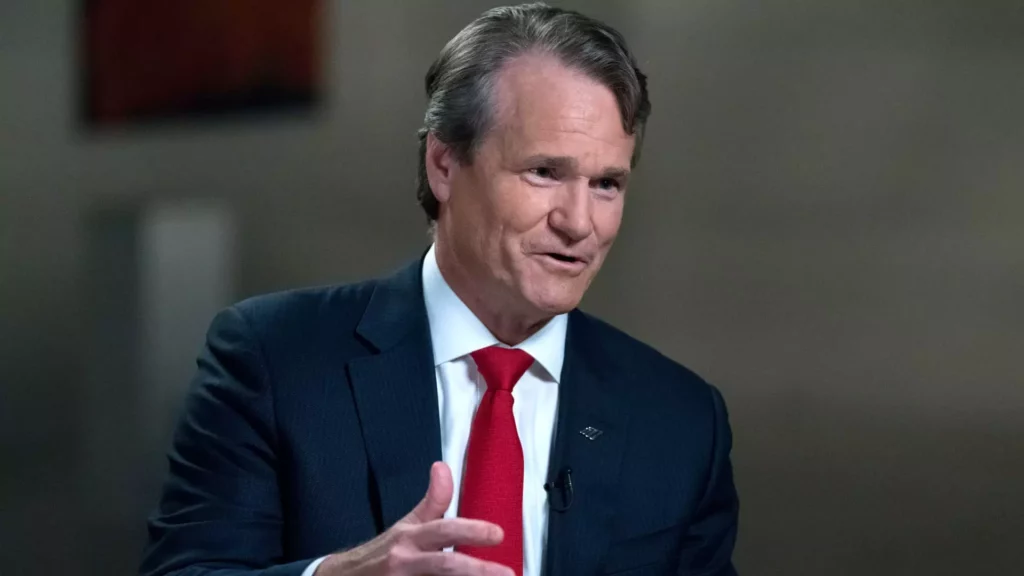Bank of America, one of the largest financial institutions in the United States, recently revealed its third-quarter financial performance, presenting a blend of positive trading outcomes and disappointing net income figures. For the quarter, the bank reported earnings that exceeded analyst expectations, clocking in at 81 cents per share compared to the projected 77 cents. Revenue also showed a minor uptick, reaching $25.49 billion, slightly surpassing the $25.3 billion forecast. However, buried beneath these promising figures lies a more sobering fact: net income fell by 12% year-on-year, totaling $6.9 billion, primarily driven by increased provisions for loan losses and escalating operating costs.
Despite the challenges presented by a fluctuating economic environment, Bank of America showcased its resilience. The institution has benefitted from its diverse range of services that extend beyond conventional banking activities. While there was a decline in net interest income—falling 2.9% to $14.1 billion—the softening was less severe than predicted. This is a crucial indicator for investors, as net interest income (NII) forms the backbone of a bank’s profitability, derived from the difference between interest earned on loans and investments versus what it pays to depositors. Encouragingly, the NII for this quarter outperformed the previous quarter, suggesting a potential reversal of fortunes going forward.
The bank’s notable success in trading and investment advisory services is worthy of attention. Fixed income trading revenue soared by 8% to $2.9 billion, exceeding the estimated $2.74 billion, thanks to robust performances in currency and interest rate trading. Moreover, equities trading generated a remarkable 18% increase, reaching $2 billion—comfortably surpassing the $1.81 billion expectation. With investment banking fees following suit, climbing 18% to $1.40 billion against the forecast of $1.27 billion, it is clear that Bank of America leveraged its trading capabilities effectively to mitigate losses elsewhere.
As the financial sector braces for further earnings reports from competitors such as Goldman Sachs, Citigroup, and Morgan Stanley, all eyes remain on Bank of America’s trajectory. Many analysts have highlighted the bank’s strategic positioning, with CEO Brian Moynihan at the helm since 2010, steering it through diverse market conditions. The bank’s ability to adapt—evident in its solid trading performance—confirms its robust structure, even amidst rising interest rates that challenge its traditional lending model.
The overarching sentiment appears cautiously optimistic, as evidenced by the 2.5% uptick in premarket trading following the earnings announcements. Although Bank of America faces headwinds, particularly within its core lending activities, its adaptive strategies in trading and investment services could signal a promising path ahead, establishing a solid foundation for recovery and growth in the subsequent quarters. As competitors gear up for their earnings reports, the marketplace remains abuzz with speculation regarding further shifts in profitability trends throughout the industry.

